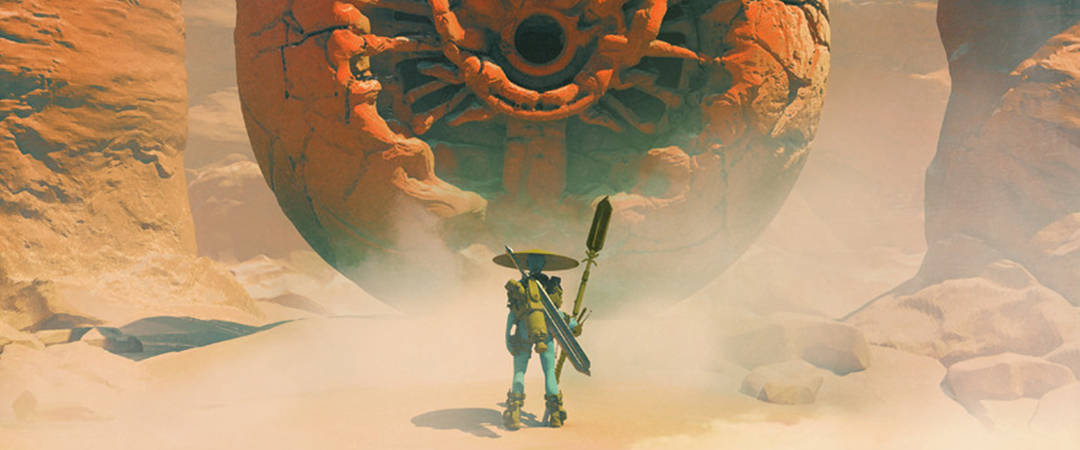
The work of Montreal based illustrator Pascal Blanché explores the endless possibilities in the connection between mankind and space, and his visions are both beautiful and frightening. In his illustration Nexus 9, the figure is seen from above. A woman. A mother. Alien, or possible machine. She’s tethered to an unseen structure, men tend her from various ramps, working from the relative safety of their pressure suits. There’s the tension that she might collapse, bringing the entire structure surrounding her to the ground, or for better or for worse, she may shudder and arise, awaken, and free herself from her keepers.
The science-fiction and fantasy worlds that Blanché create exist in a non-specific timeline — each character could be out there right now, amongst the stars, or dead for millennia. Each piece from Blanché appears touched by the scorching sun, drenched in alien dust and light. There’s dedication to the reality of the environs, not in detail but in the heft and age given. Each piece of armor and machine carries the weight of constant use, these are not new and shiny things, but items that have seen better days.
The level of world-building at play in Blanché’s illustrations dip into the uncanny valley, that space between make-believe and reality, pulled so close together the impossibilities of his work gain traction in the real world. Blanché’s day job as a senior art director for video game creator Ubisoft has him overseeing the development of digital spaces meant for walking around in, and puts him dead center in the evolution of the modern narratives being created as immersive artificial experiences. Something that a video game does over time and space, Blanché is able to do in one single image.

‘Nexus 9’ by Pascal Blanché
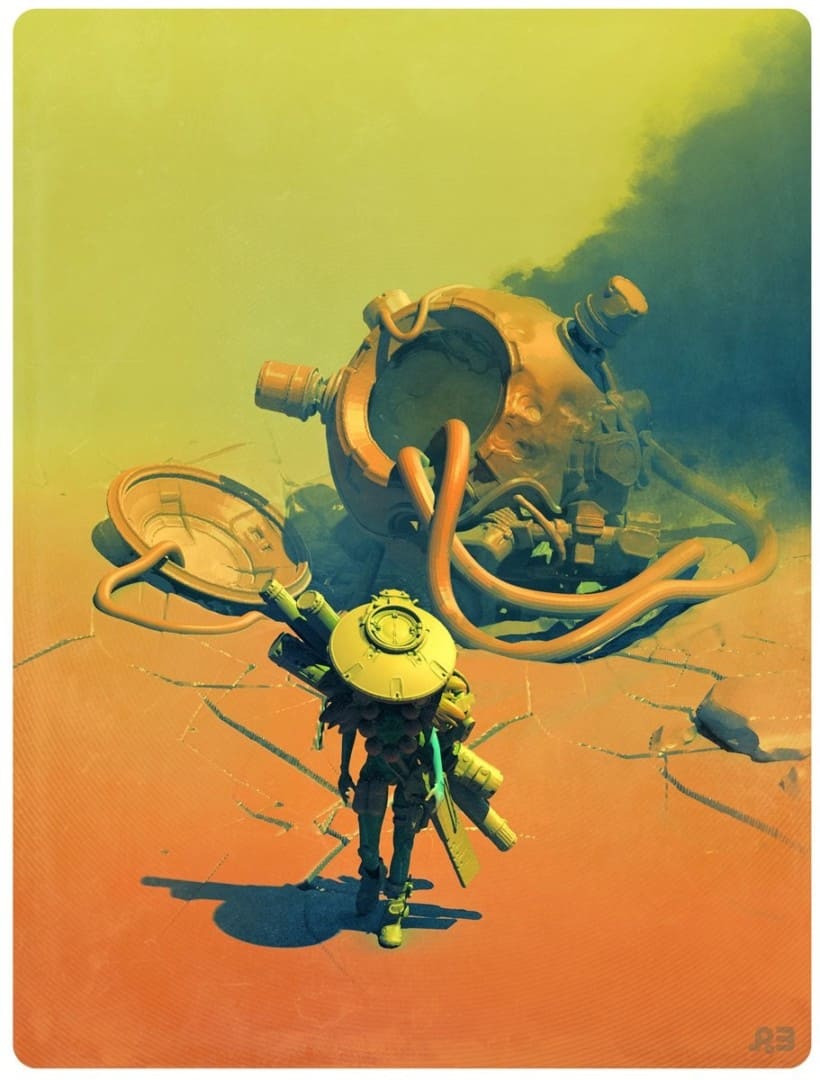
‘Journey to the West’ by Pascal Blanché
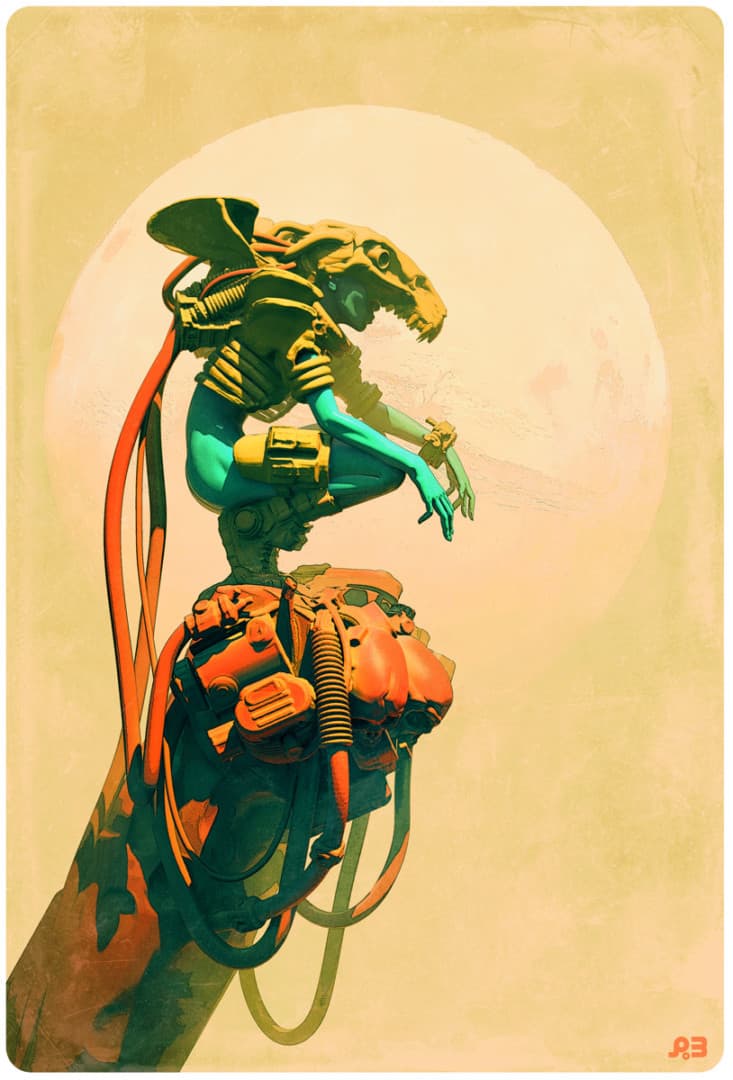
‘Bird Of Prey’ by Pascal Blanché
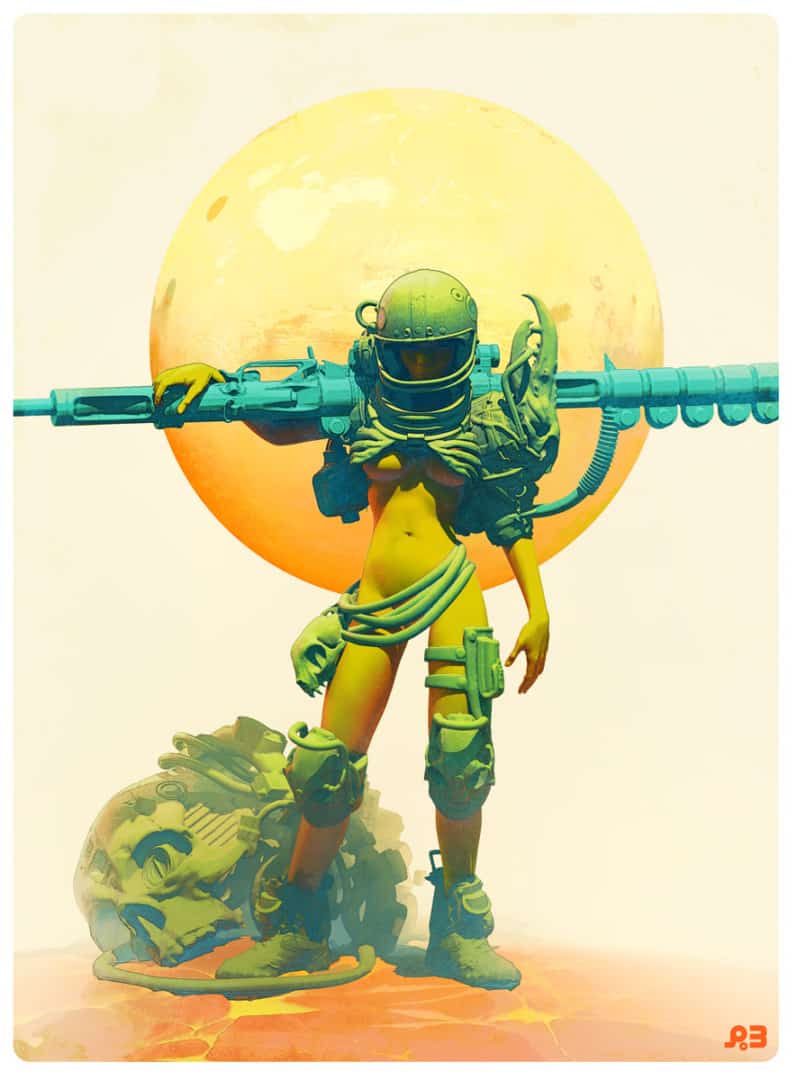
‘Warrior’ by Pascal Blanché
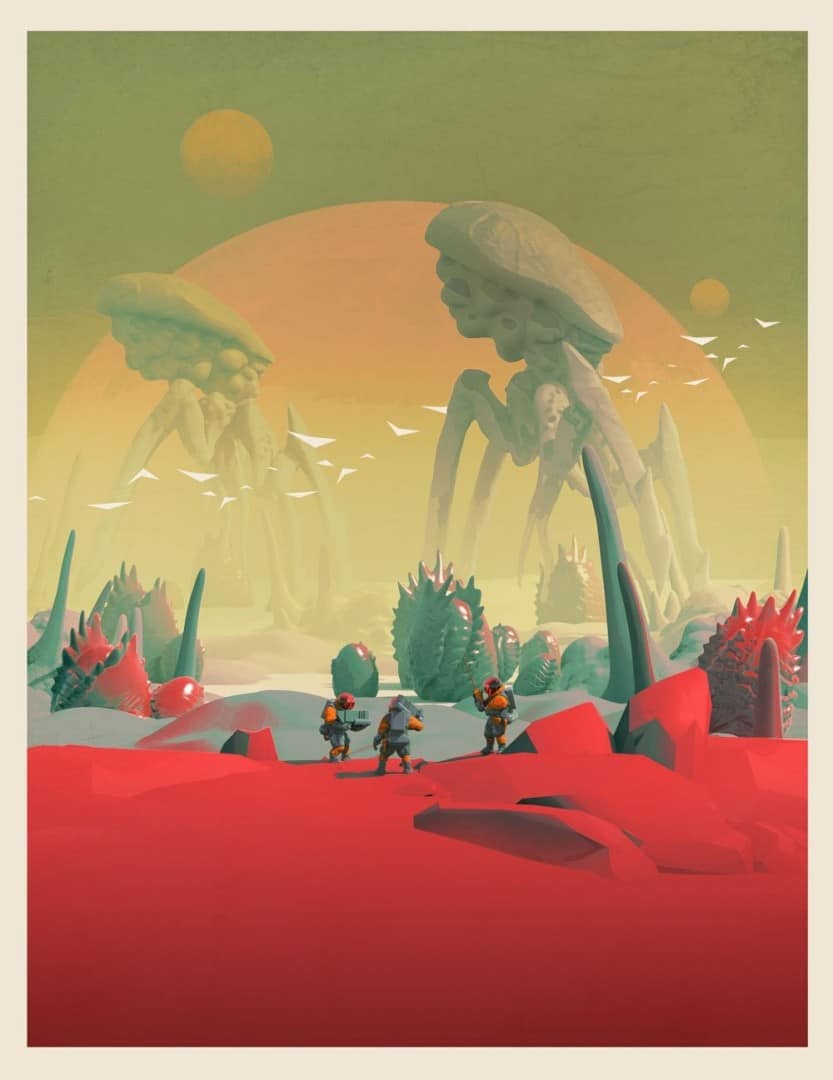
‘Rogue Planet’ (concept drawing) by Pascal Blanché
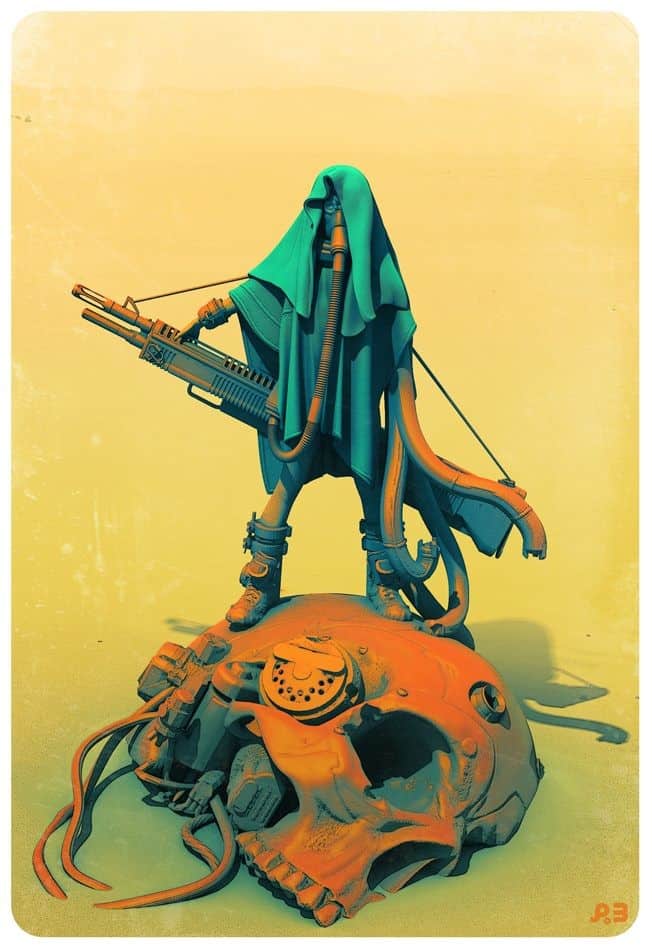
‘Jack the Giant Hunter’ by Pascal Blanché
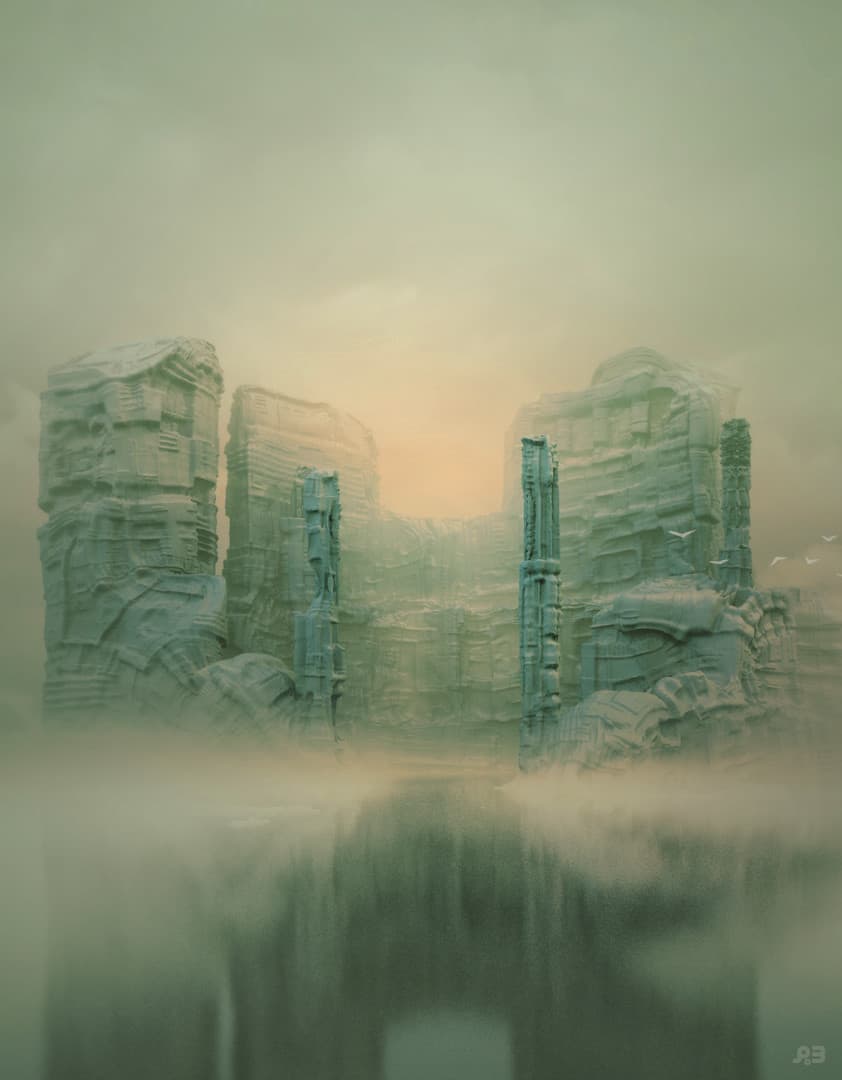
‘Island of the Dead’ by Pascal Blanché

‘Bot x Bot’ by Pascal Blanché

‘The Long Winter’ by Pascal Blanché
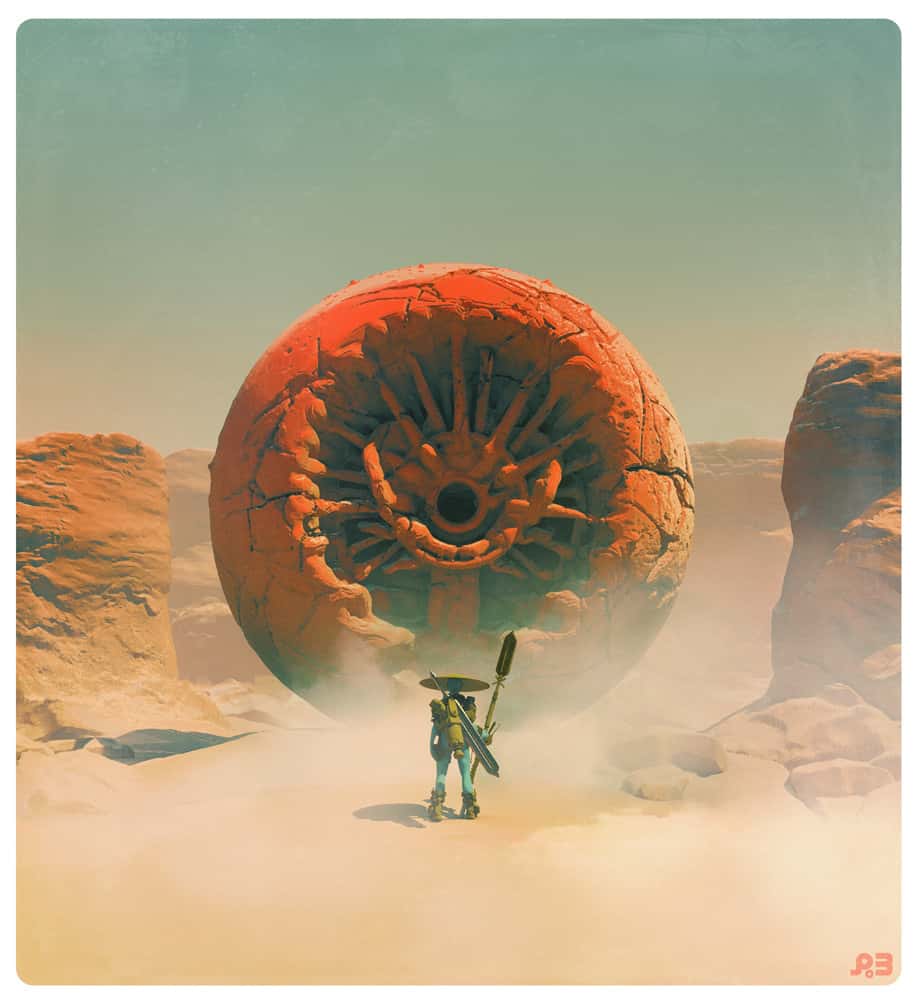
‘Exploration 01’ by Pascal Blanché
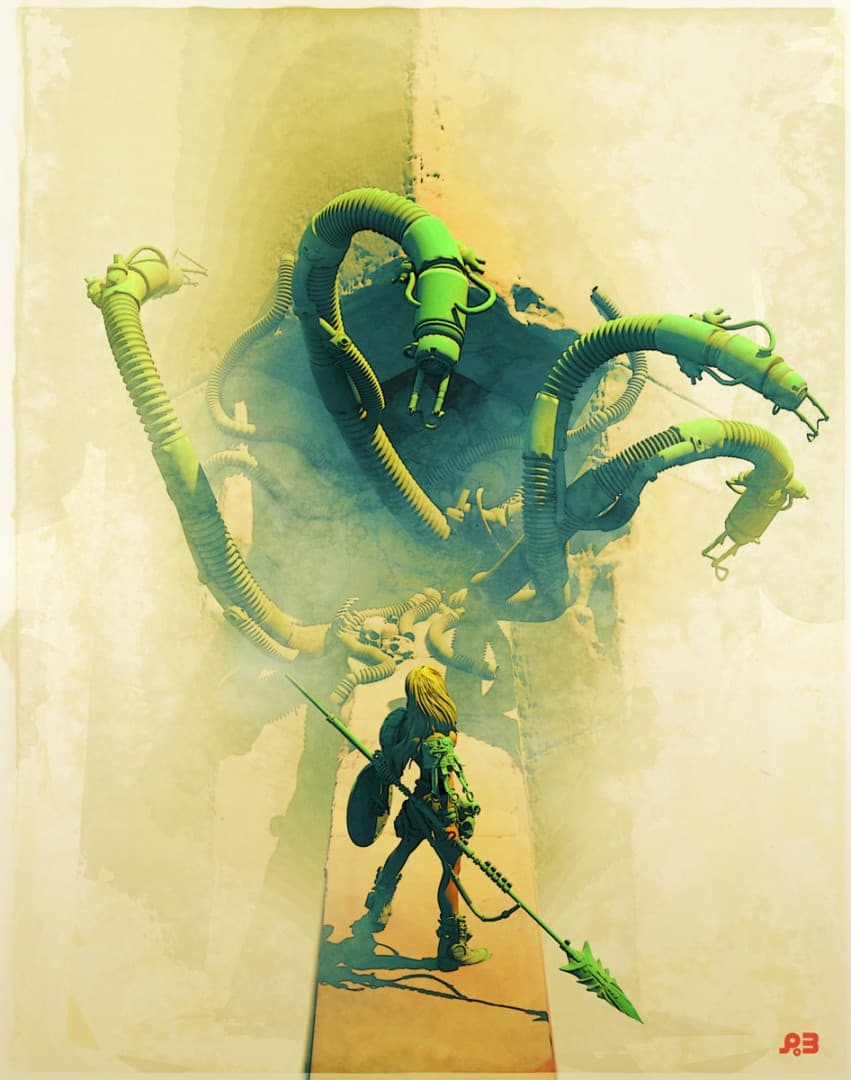
‘Cyberdungeon’ by Pascal Blanché
